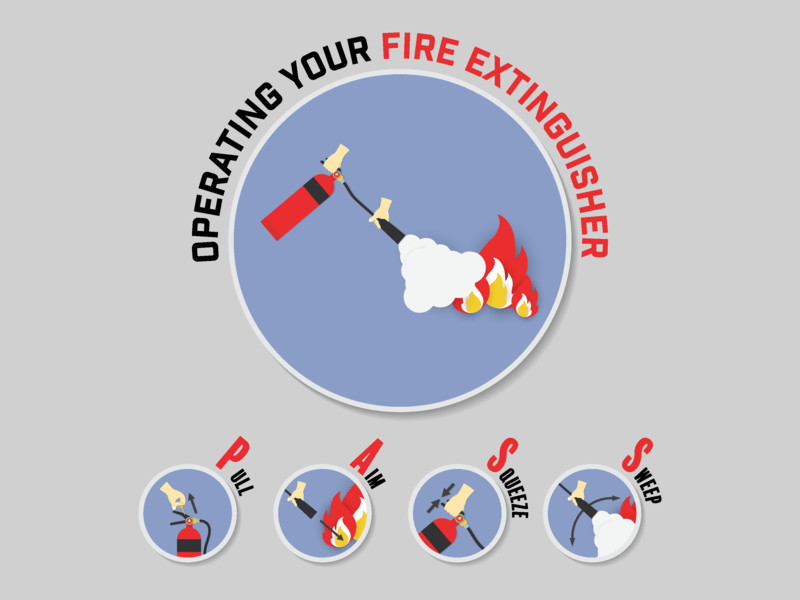Fire suppression safety

Let’s say a fire starts in a trash can at your school. How many staff members in your building know how to extinguish it? And are you completely sure the fire extinguishers in your facility are in good working order?
The CM Regent Risk Control Department is available to help you manage risk. In honor of Fire Prevention Week Oct. 8-14, let’s take a look at whether you have the right pieces in place to reduce the risk of a fire spreading out of control in your buildings.
Fire extinguisher use
Every staff member should receive training in how to use a fire extinguisher and be able to identify where all the fire extinguishers are in your building. They can use the acronym P.A.S.S. to remember how to use it:
P – Pull the pin.
A – Aim the nozzle at the base of the fire.
S – Squeeze the handle to discharge the media.
S – Sweep the nozzle from side to side until the fire is fully extinguished.
The following are important reminders regarding fire extinguishers:
- Make sure fire extinguishers are located where they are readily accessible and immediately available during a fire.
- Once a fire extinguisher has been discharged, even slightly, it cannot be returned to service until a service company refills it and adds a new seal to the pin.
- If the pin has been pulled and the safety seal becomes broken, the fire extinguisher will need to be serviced before being placed back into operation.
Fire suppression system inspection and testing
It is important to follow National Fire Protection Association (NFPA) schedule guidelines for the inspection, testing and servicing of your suppression systems. Those guidelines are as follows:
- Every month, a staff member should perform a visual inspection of fire extinguishers, sprinkler systems, and pull stations for ANSUL suppression systems commonly found in kitchens.
- Every quarter, an outside company should conduct inspections and testing of sprinkler systems. They should check for physical damage to the alarm devices, test the functionality of the sprinkler system alarm, and examine the valves to make sure they are in good working condition.
- Every year, an outside company should perform another inspection of the sprinkler systems. In addition to the quarterly duties, this inspection should also include inspection and tagging of ANSUL suppression systems, fire extinguishers and spray booth suppression systems. A full test on all components of the sprinkler system should be conducted, including verifying freeze protection of wet systems and main drain tests.
- Every five years, the NFPA requires that you bring in an outside company to identify corrosion or blockages in the sprinkler system. This inspection will include an internal examination at a minimum of four points in the system. Additionally, it is best practice to examine sprinkler heads in locations where they may be subject to excess corrosion, such as swimming pool areas.
All these steps decrease your risk of major damage or injury from a fire at your school.
Check out our other resources for more information on fire prevention.




